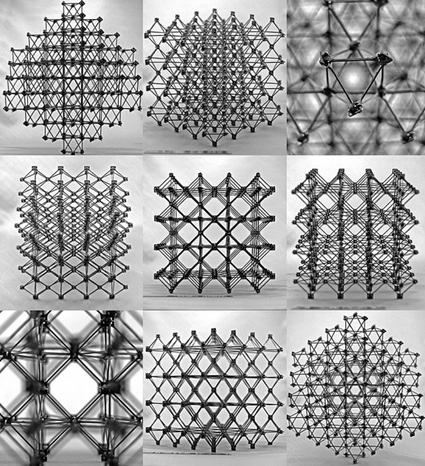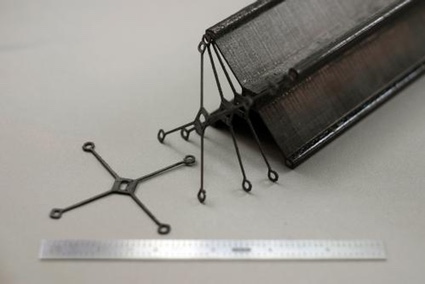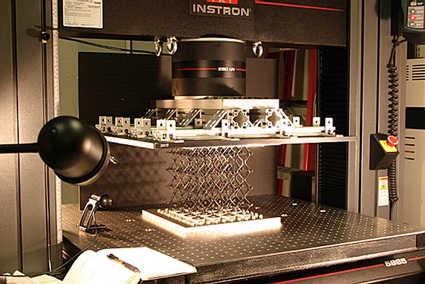MIT's Carbon Fiber Blocks Could Build Bridges, Rockets, and More!
Revolutionary Carbon Fiber Building System: The Future of Construction
Carbon fiber has taken the construction world by storm, earning praise from industry leaders for its incredible strength-to-weight ratio and durability. However, traditional carbon fiber manufacturing involves creating large, continuous pieces, which requires massive equipment and infrastructure. While 3D printing has been used to make smaller carbon fiber parts, it’s still not practical for building big structures like bridges, rockets, or airplane wings. But what if we could 3D print individual components and then assemble them into a full-scale structure? That question sparked a breakthrough idea from MIT researchers Neil Gershenfeld and Kenneth Chueng, who are now developing a new carbon fiber building system that could change the way we build forever.
Mit’s innovative approach combines three key areas of research: fiber composites, cellular materials with porous structures, and additive manufacturing—like 3D printing. This technology can be used for everything from tiny objects to massive structures on Earth, and even in space. Their design, called "cubocts," is made of interlocking carbon fiber blocks that resemble K’Nex or Legos but are ten times stiffer than similar lightweight materials. These blocks offer powerful structural performance with very low density, making them ideal for a wide range of applications—from airplanes to bridges and beyond.
The cubocts are made by infusing carbon fiber with epoxy resin and molding them into flat “X†shapes. Each “X†has a central hole that fits perfectly with the leg of another, forming a strong structure of interconnected octahedrons. These blocks can be flexibly assembled, disassembled, repositioned, or replaced, allowing for endless design possibilities. Whether it's resisting torsion or impact, these modular structures provide unmatched versatility. During testing, the carbon fiber bricks withstood an impressive 12.3 megapascals of pressure while maintaining a low density of just 7.2 milligrams per cubic centimeter.
The real innovation lies in the flexibility of the cubocts. Though each X-shaped block is rigid, they can be easily assembled, rearranged, or replaced, giving architects and engineers limitless creative freedom. By combining different blocks, you can achieve multi-directional strength. The long-term goal is to have robots mass-produce these blocks and assemble them into structures seamlessly. Even more exciting is the vision of self-reconfiguring carbon fiber materials that can adapt in real-time to their environment and the forces they face.
Traditional carbon fiber is expensive to produce and difficult to repair when damaged. MIT’s cubocts deliver the same high-performance characteristics without the need for large-scale facilities, significantly reducing costs. Plus, the ability to replace only damaged parts saves money and increases design flexibility. Pound for pound, this new technology uses far less material than concrete or steel to support the same load, lowering both construction and assembly costs. Vehicles built with cubocts would be lighter, leading to lower fuel consumption and operational expenses.
The potential applications are truly limitless. From space exploration to everyday infrastructure, this technology could reshape the future of construction. The only question left is: will it work?



Industrial Hose Pump,Hose Pump,Heavy Duty Hose Pump,Industrial Peristaltic Hose Pumps
wuxi top mixer equipment co.,ltd , https://www.wxtpmixer.com